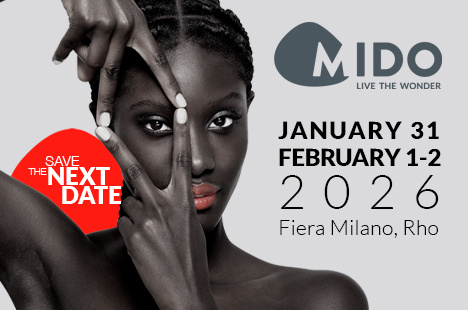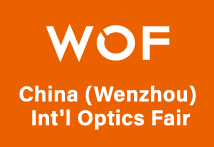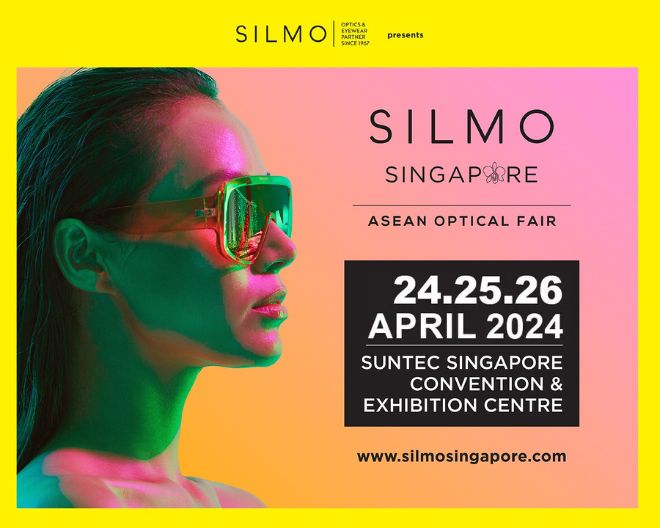Framing the Future: Eyewear Trends Across Generations: -
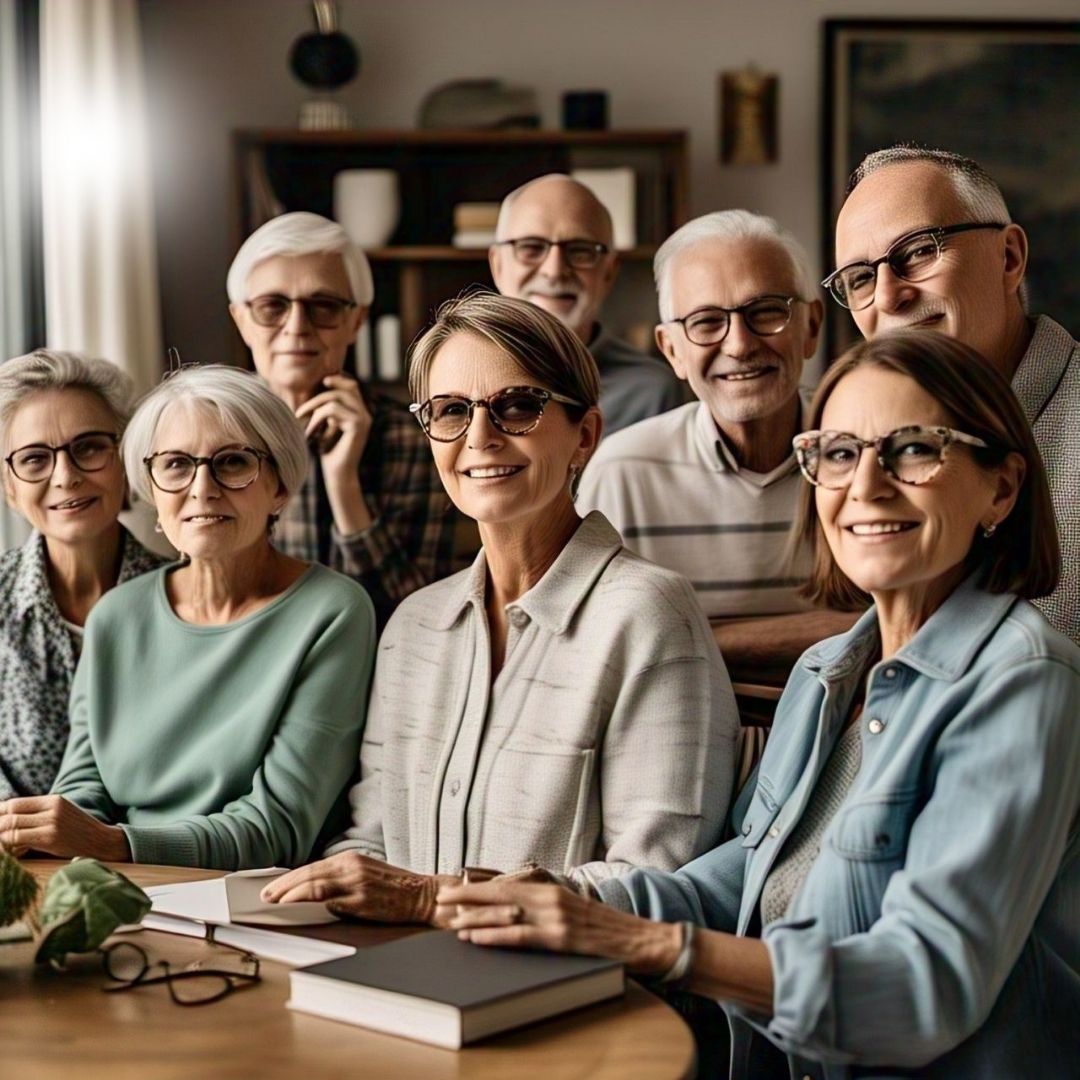
Article by Ms. Vrushti Vyas, third-year B.Optometry, Dept. of Optometry, BDIPS, CHARUSAT, Optom.Jaydevsinh Pargara- Assistant Professor, Dept. of Optometry, BDIPS, CHARUSAT
Eyewear has undergone a remarkable transformation over the years, evolving from a simple corrective tool for vision impairment to a significant fashion accessory that allows wearers to express their personality and taste and aesthetics. This shift in perception has led to a burgeoning eyewear market, characterized by a diverse array of styles, materials, and technologies. Understanding the trends in frame selection across various age groups is essential for both consumers and manufacturers alike. Each age group exhibits distinct preferences influenced by factors such as lifestyle, cultural influences, and individual needs.
The purpose of this article is to analyze the current trends in frame selection across these diverse age groups, highlighting the unique characteristics and preferences that define each demographic. By examining these trends, we can gain insights into the evolving landscape of eyewear and the factors that drive consumer choices.
The future of eyewear lies in embracing this multifaceted role, where vision correction, personal style, and sustainability converge to create a more inclusive and dynamic market.
Trends in Frame Selection by Age Group:-
A. Younger Consumers (Teens to Young Adults)
The younger demographic, particularly teens and young adults, is at the forefront of eyewear fashion. This group is characterized by a desire for bold, expressive styles that allow for personal creativity and individuality.
1. Oversized Frames
Popularity and Reasons for Appeal:
Oversized frames have become a staple among younger consumers, often seen as a statement piece that enhances personal style. These frames not only provide a bold aesthetic but also serve as a canvas for self-expression. Influenced by celebrities, social media, and fashion trends, oversized eyewear is often associated with confidence and a carefree attitude.
Challenges for High Prescriptions:
While oversized frames are fashionable, they can pose challenges for individuals with high prescriptions. The larger the lens, the more pronounced the distortion and chromatic aberration can be, particularly at the edges. Offering high-index lenses or specialized lens options can help address these challenges, ensuring that fashion does not come at the expense of functionality.
2. Quirky Shapes and Colors
Unique Designs and Vibrant Colors:
Younger consumers are drawn to quirky shapes and vibrant colors that allow them to stand out. Frames with geometric designs, cat-eye shapes, and unconventional silhouettes are particularly popular. Bright colors and patterns, such as floral prints or tie-dye effects, enable wearers to express their personality and mood.
Limitations in Professional Settings:
While these bold styles are appealing, they may not always be suitable for professional environments. Younger consumers often seek versatility in their eyewear, desiring options that can transition from casual to formal settings.
3. Sustainable Materials
Growing Interest in Eco-Friendly Eyewear:
Many young consumers are increasingly conscious of environmental issues, leading to a preference for eyewear made from sustainable materials. This trend is not just about aesthetics; it reflects a broader commitment to sustainability and ethical consumption.
Impact of Environmental Consciousness on Purchasing Decisions:
Younger consumers are more likely to support brands that align with their values, including sustainability. Eyewear companies that transparently communicate their environmental initiatives and practices can build trust and loyalty among this audience.
B. Middle-Aged Consumers
As individuals transition into their 30s and 40s, their eyewear choices often reflect a blend of practicality, style, and a desire for quality. This demographic is characterized by a more discerning approach to frame selection, balancing aesthetic appeal with functionality and comfort.
1. Retro and Vintage Styles
Resurgence of Classic Designs:
Middle-aged consumers are increasingly drawn to retro and vintage eyewear styles, which evoke nostalgia and a sense of timelessness. Frames inspired by iconic designs from the past—such as cat-eye, aviator, and round frames—are making a strong comeback.
Comfort Considerations:
While retro styles are fashionable, comfort remains a top priority for middle-aged consumers. Many retro frames can be heavier or less ergonomic than modern designs, which can lead to discomfort during extended wear. Eyewear brands must focus on using lightweight materials and ergonomic designs to ensure that these stylish frames do not compromise comfort.
2. Minimalist and Luxury Options
Demand for High-End Designer Frames:
Middle-aged consumers are increasingly willing to invest in high-quality eyewear that combines style with advanced lens technology. Luxury brands that offer designer frames are particularly appealing to this demographic, as they often associate high-end eyewear with status and sophistication.
Balance Between Aesthetics and Functionality:
While luxury frames are desirable, middle-aged consumers also prioritize functionality. They often look for features such as adjustable nose pads, flexible hinges, and anti-reflective coatings that enhance the overall wearing experience.
C. Older Adults
For older adults, eyewear selection often prioritizes comfort, functionality, and ease of use. This demographic is increasingly opting for styles that enhance their quality of life while still embracing fashion.
1. Larger and Bolder Frames
Fashionable Options that Enhance Facial Features:
Many older adults are choosing oversized frames that offer a fashionable look while providing ample coverage. These frames can help mask signs of aging, such as wrinkles or sagging skin, and enhance facial features. Larger frames also provide a sense of security, as they can accommodate progressive lenses and offer a wider field of vision.
Potential Discomfort from Heavier Frames:
While larger frames are popular, they can be heavier, leading to discomfort and potential pressure points on the nose and ears. Ergonomic designs that distribute weight evenly can also enhance the overall wearing experience.
2. Progressive Lenses
Increasing Demand for Seamless Vision Solutions:
Older adults often require multifocal lenses to address presbyopia, which affects their ability to see clearly at various distances. Frames that accommodate these lenses are increasingly popular, as they provide a practical solution for everyday activities.
Compatibility of Frames with Progressive Lenses:
When selecting frames for progressive lenses, older adults often prioritize fit and comfort. Brands that offer a variety of frame styles specifically designed for progressive lenses can better cater to this demographic.
Conclusion
Current trends in frame selection reveal a vibrant eyewear market shaped by the distinct preferences of different age groups. Younger consumers gravitate towards bold, oversized frames and quirky designs that emphasize self-expression, alongside a growing demand for sustainable materials.
Middle-aged consumers seek a blend of style and functionality, favoring retro designs, luxury options, and comfort-focused frames that are lightweight and ergonomic.
For older adults, comfort and practicality are paramount, with larger frames that accommodate progressive lenses being particularly popular. This demographic also shows increasing interest in sustainable eyewear.
Overall, the eyewear market is defined by a fusion of fashion, functionality, and sustainability. Brands that effectively address the unique needs of each age group will succeed, as consumers look for eyewear that reflects their personal style while ensuring optimal vision. The future of eyewear lies in embracing individuality and innovation.

.jpg)
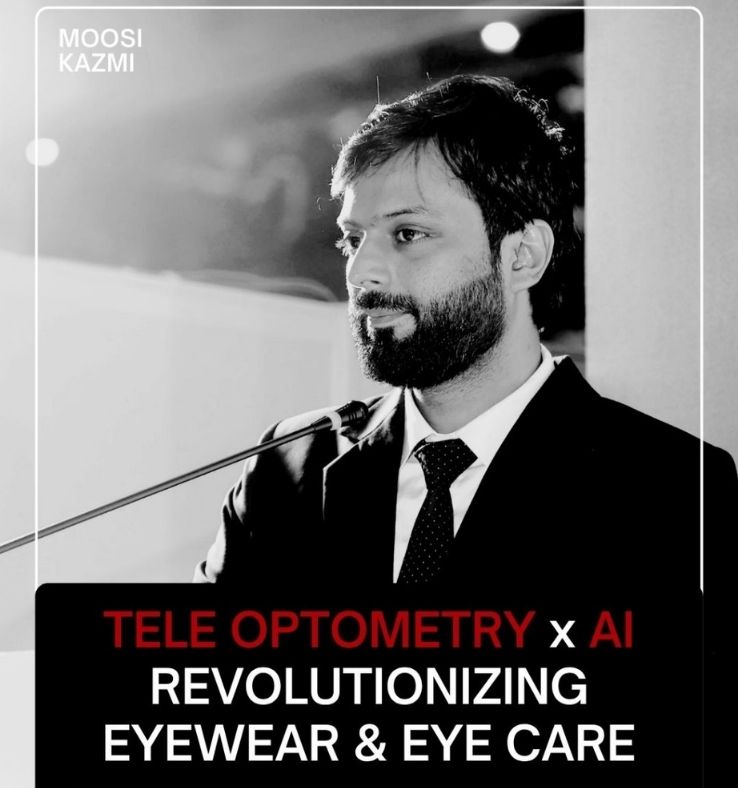
.jpg)
.jpg)
.jpg)
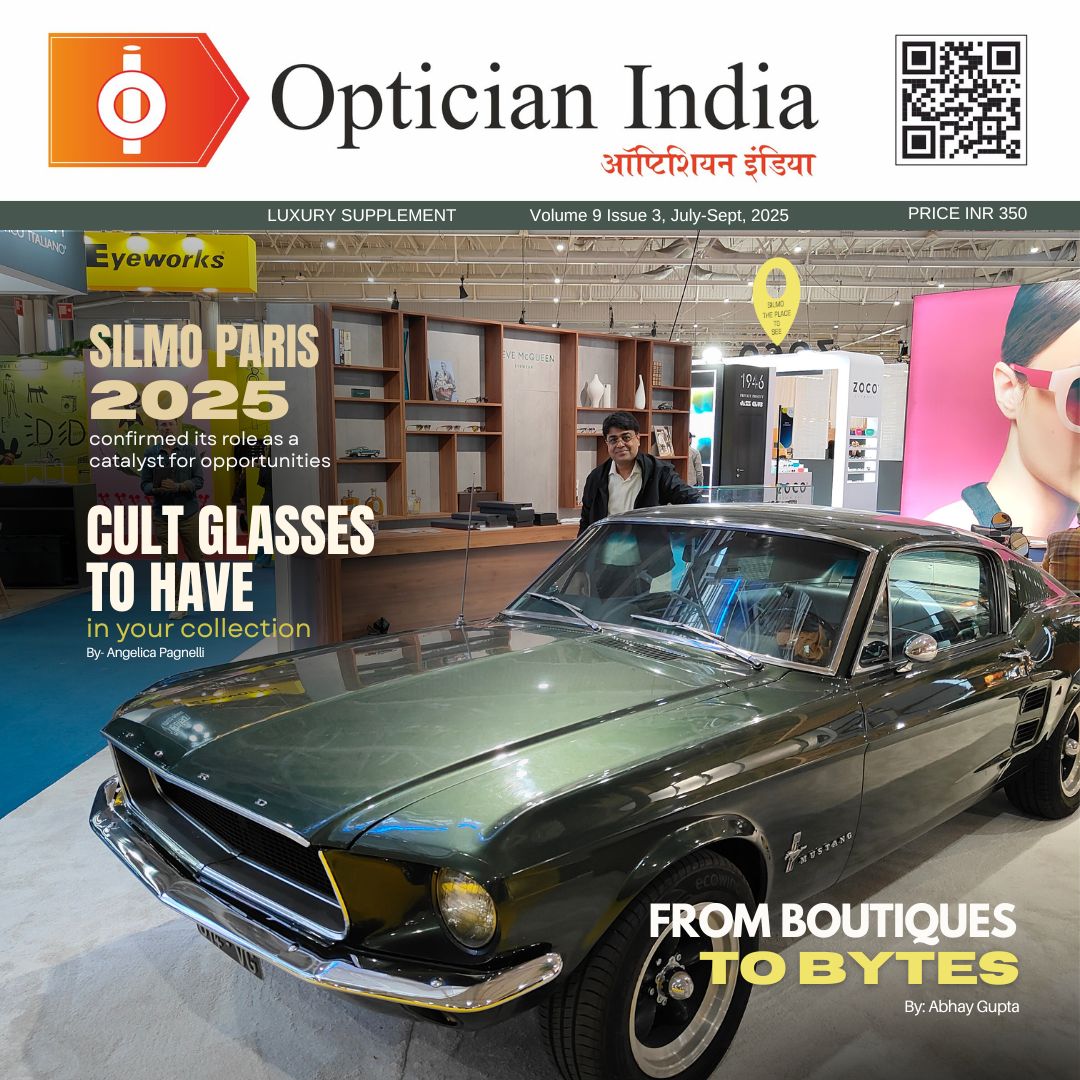
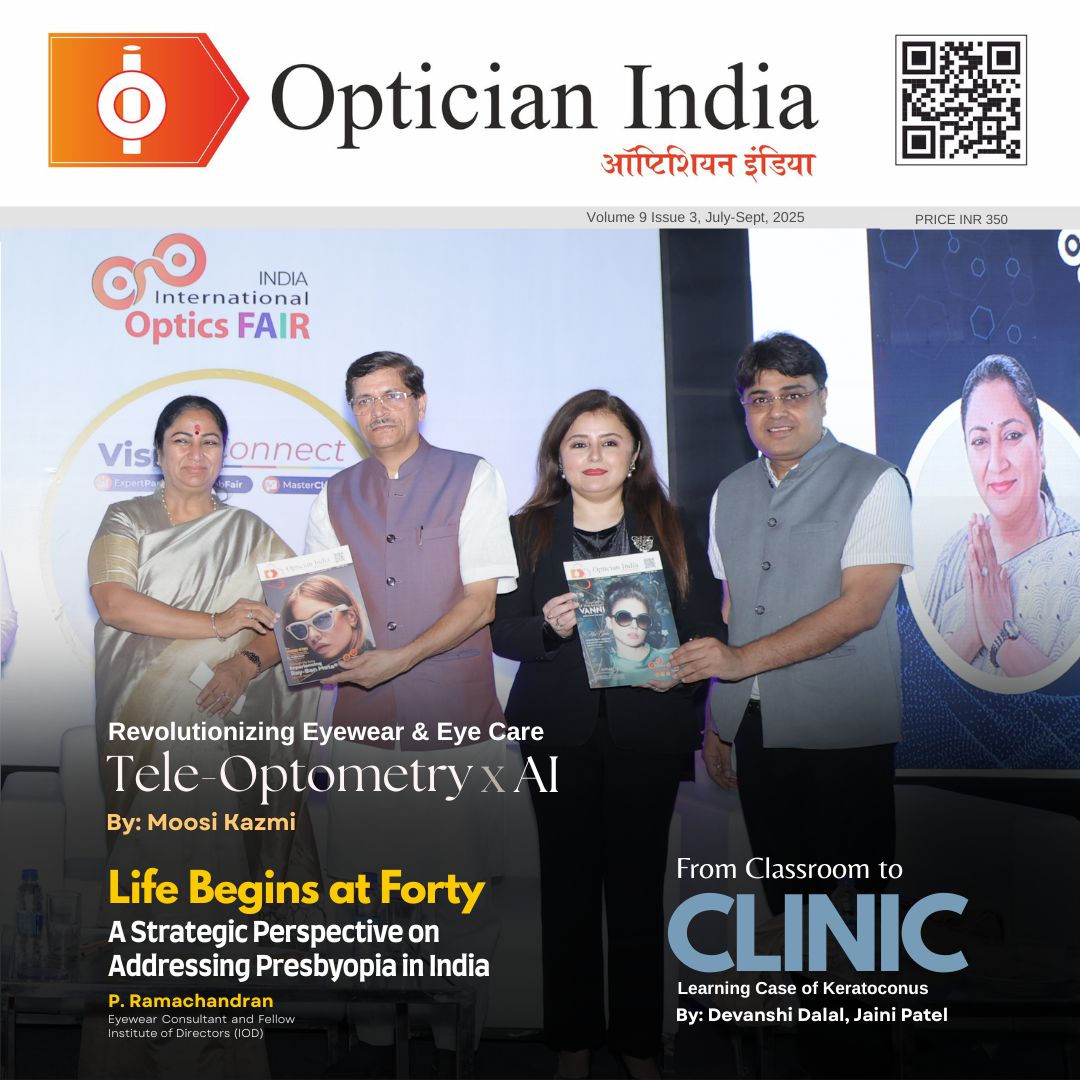
1.jpg)
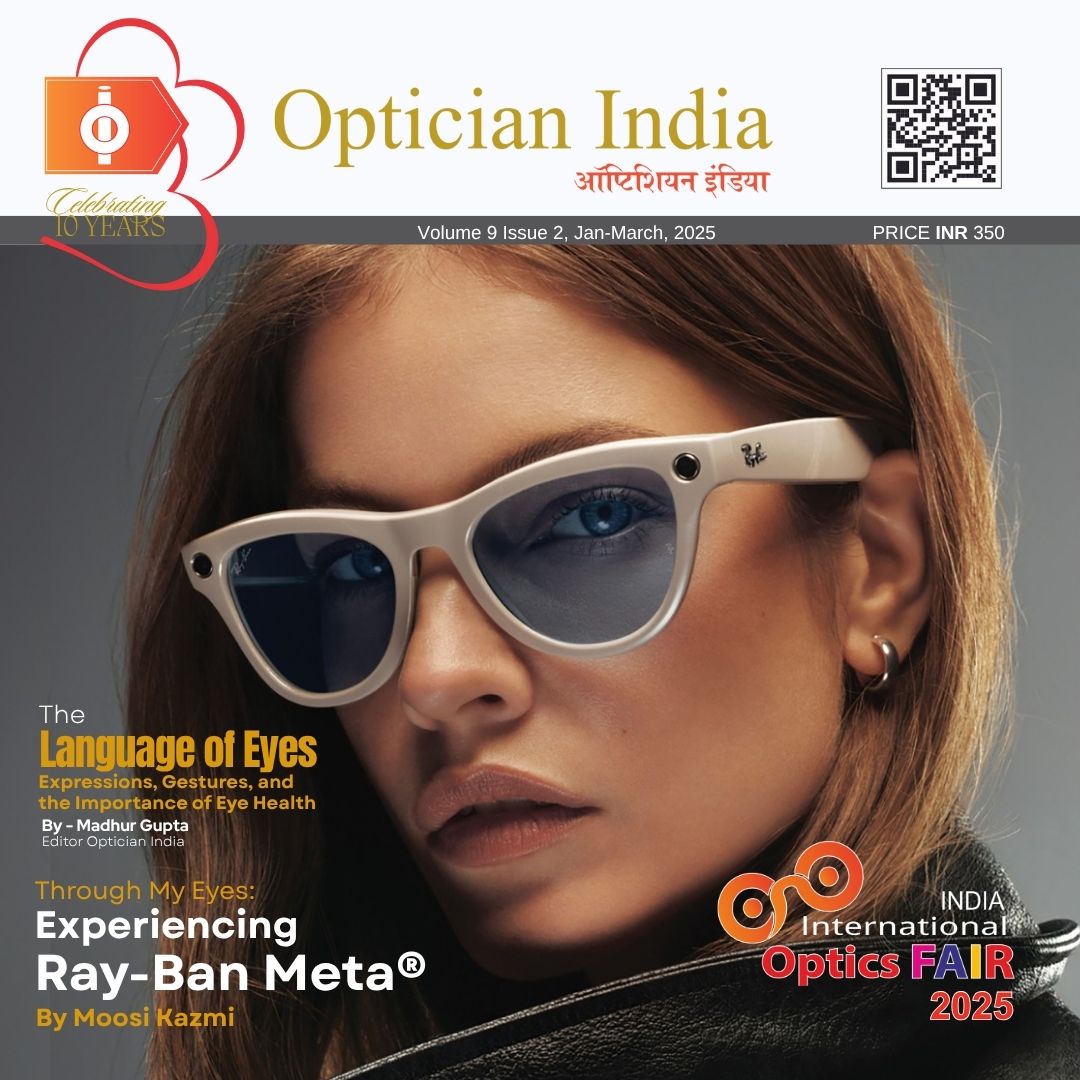


.jpg)
.jpg)

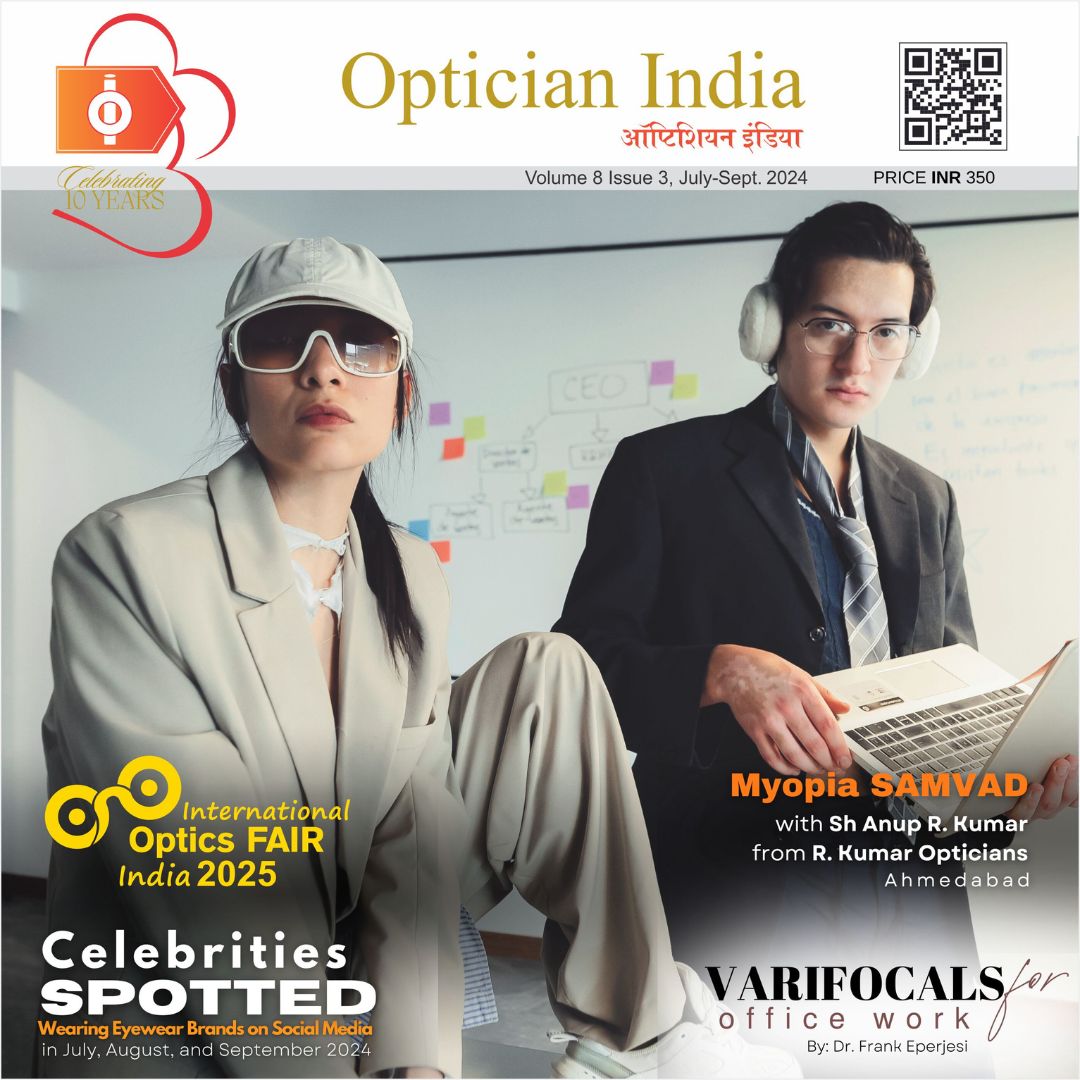
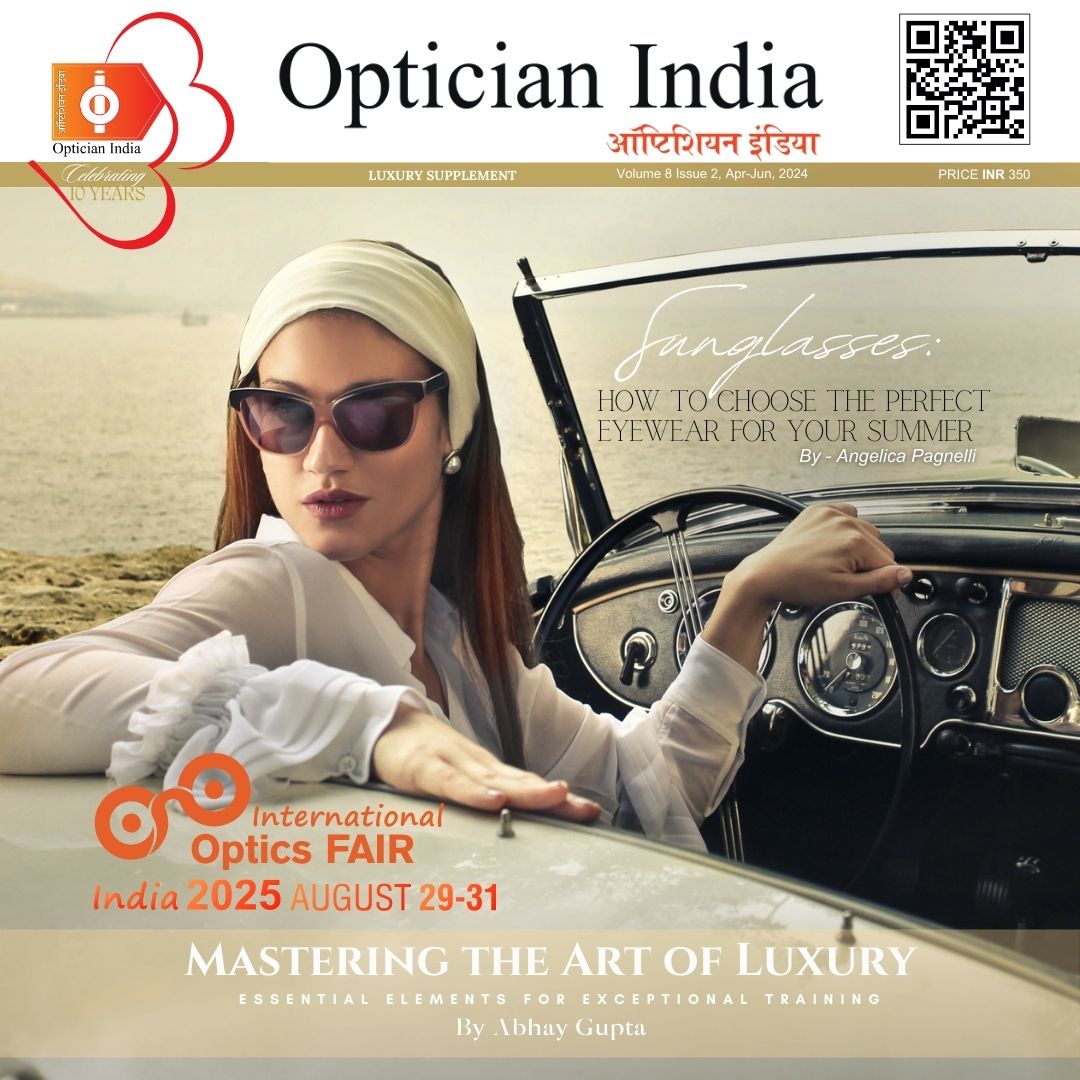
_(Instagram_Post).jpg)
.jpg)
_(1080_x_1080_px).jpg)
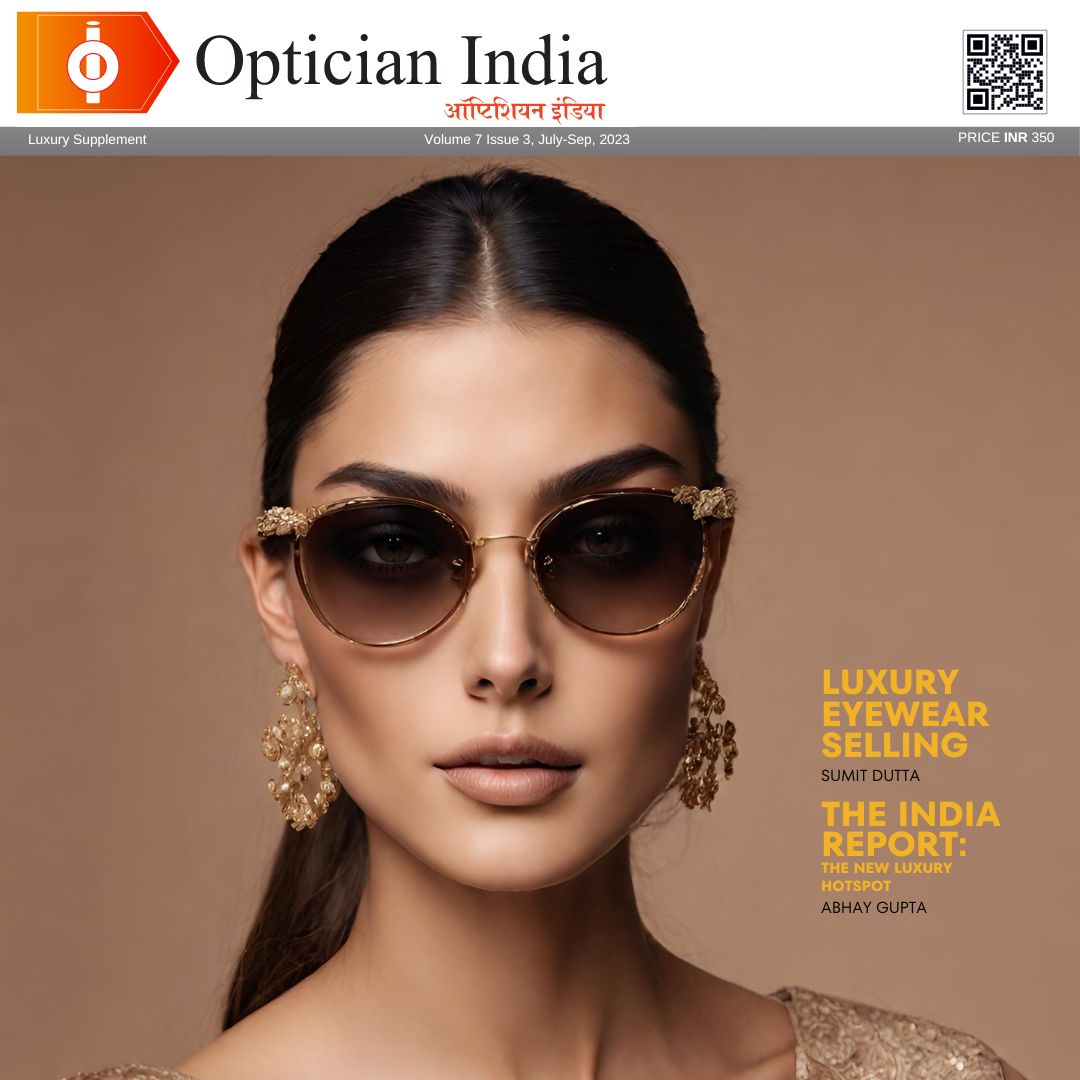

with_UP_Cabinet_Minister_Sh_Nand_Gopal_Gupta_at_OpticsFair_demonstrating_Refraction.jpg)
with_UP_Cabinet_Minister_Sh_Nand_Gopal_Gupta_at_OpticsFair_demonstrating_Refraction_(1).jpg)
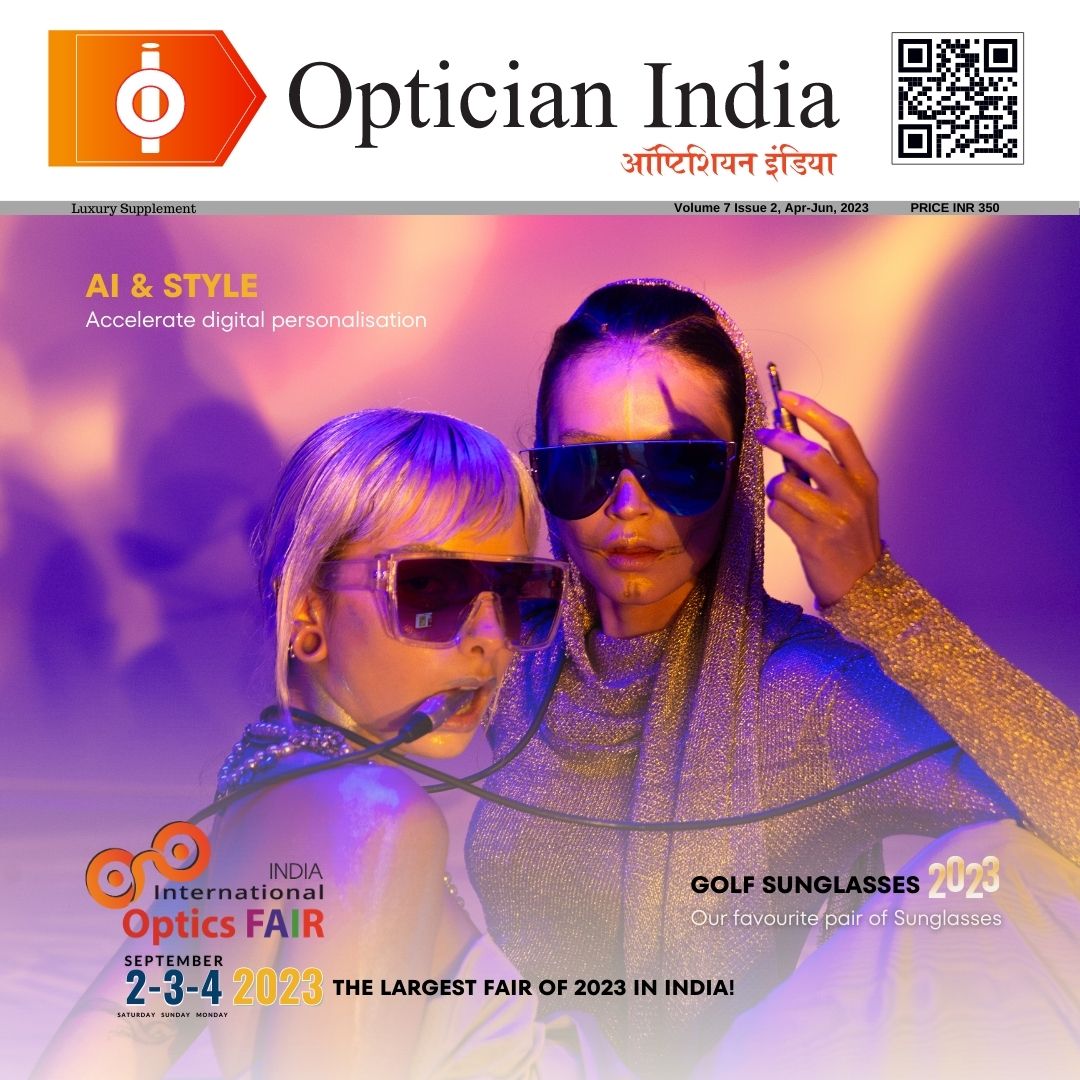
.jpg)
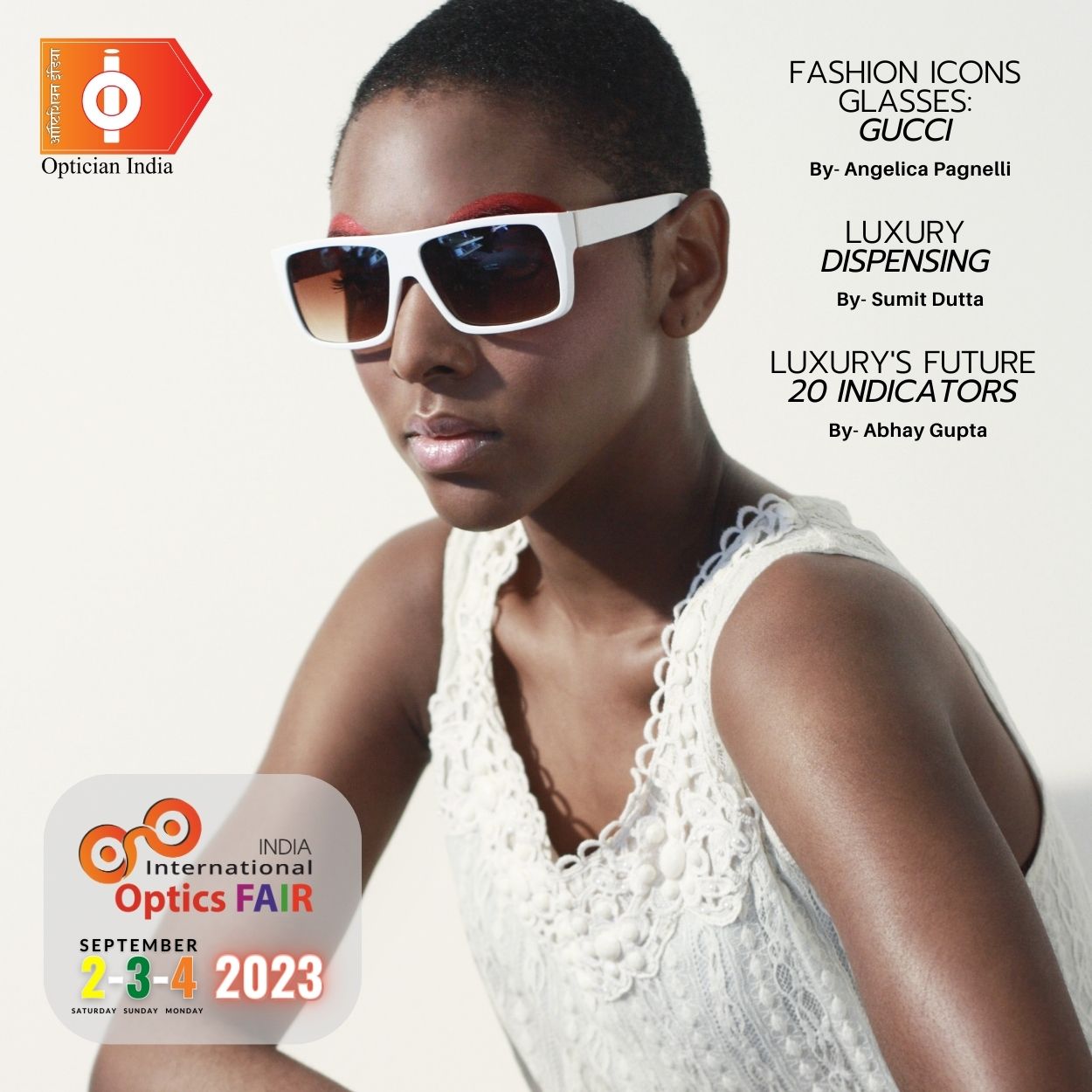
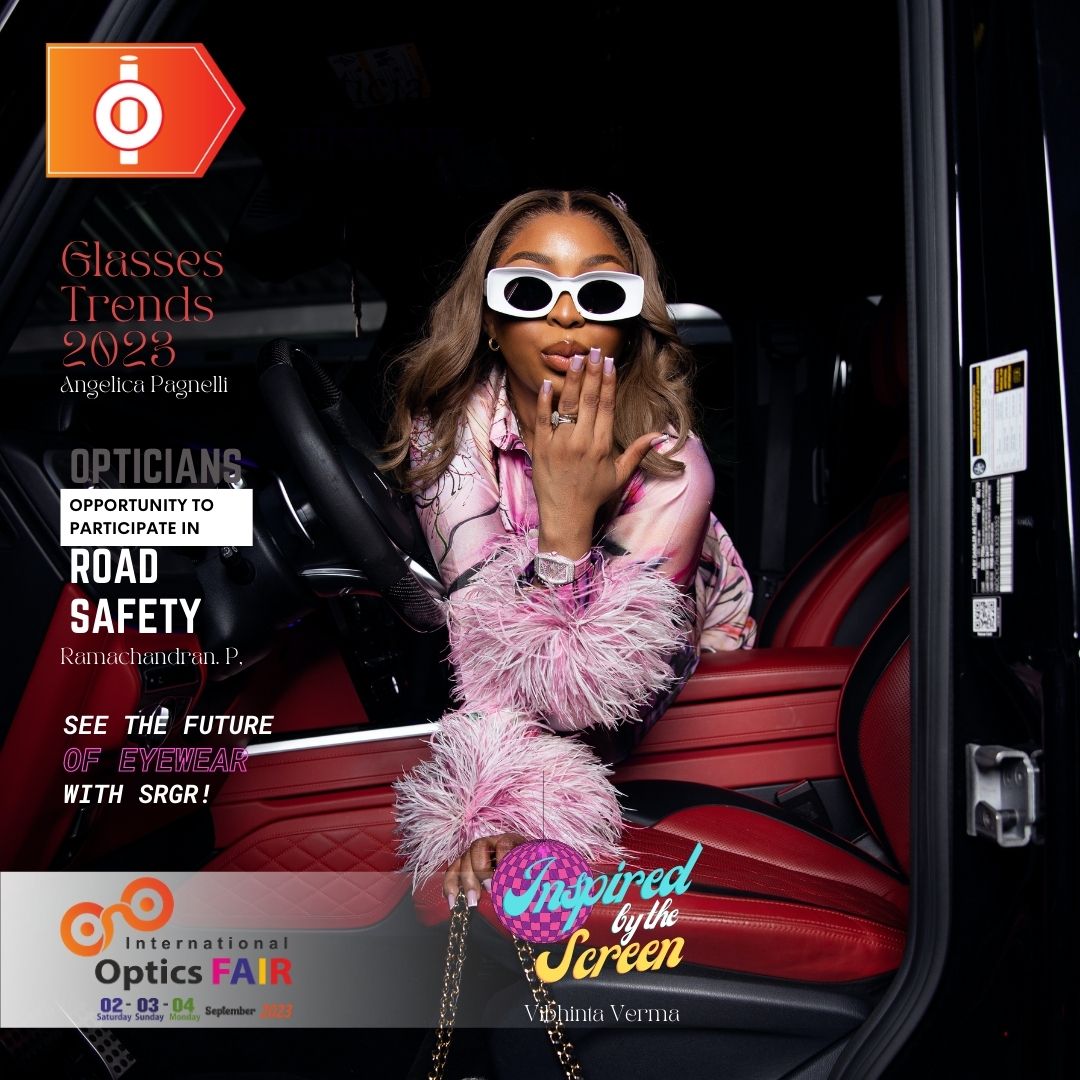

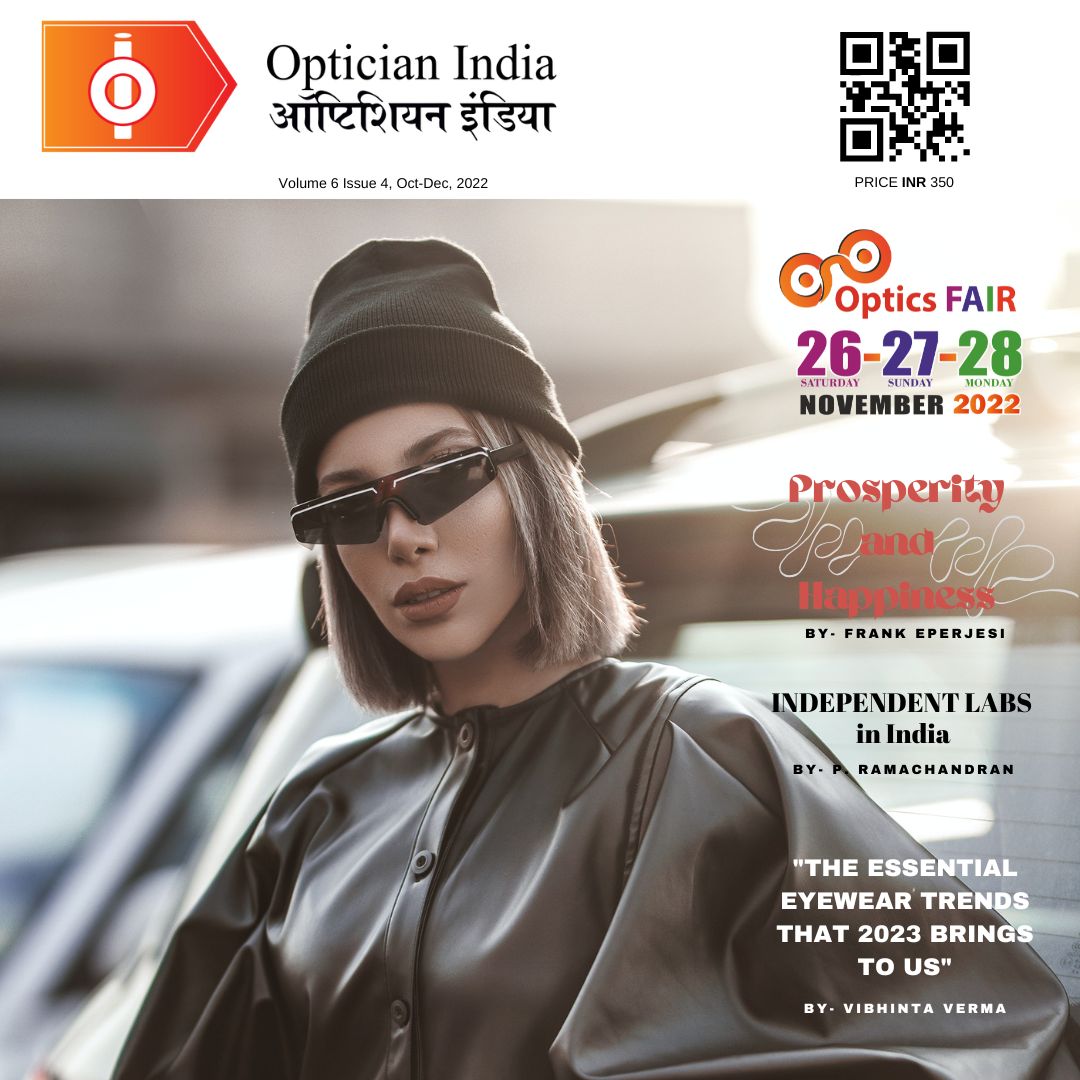
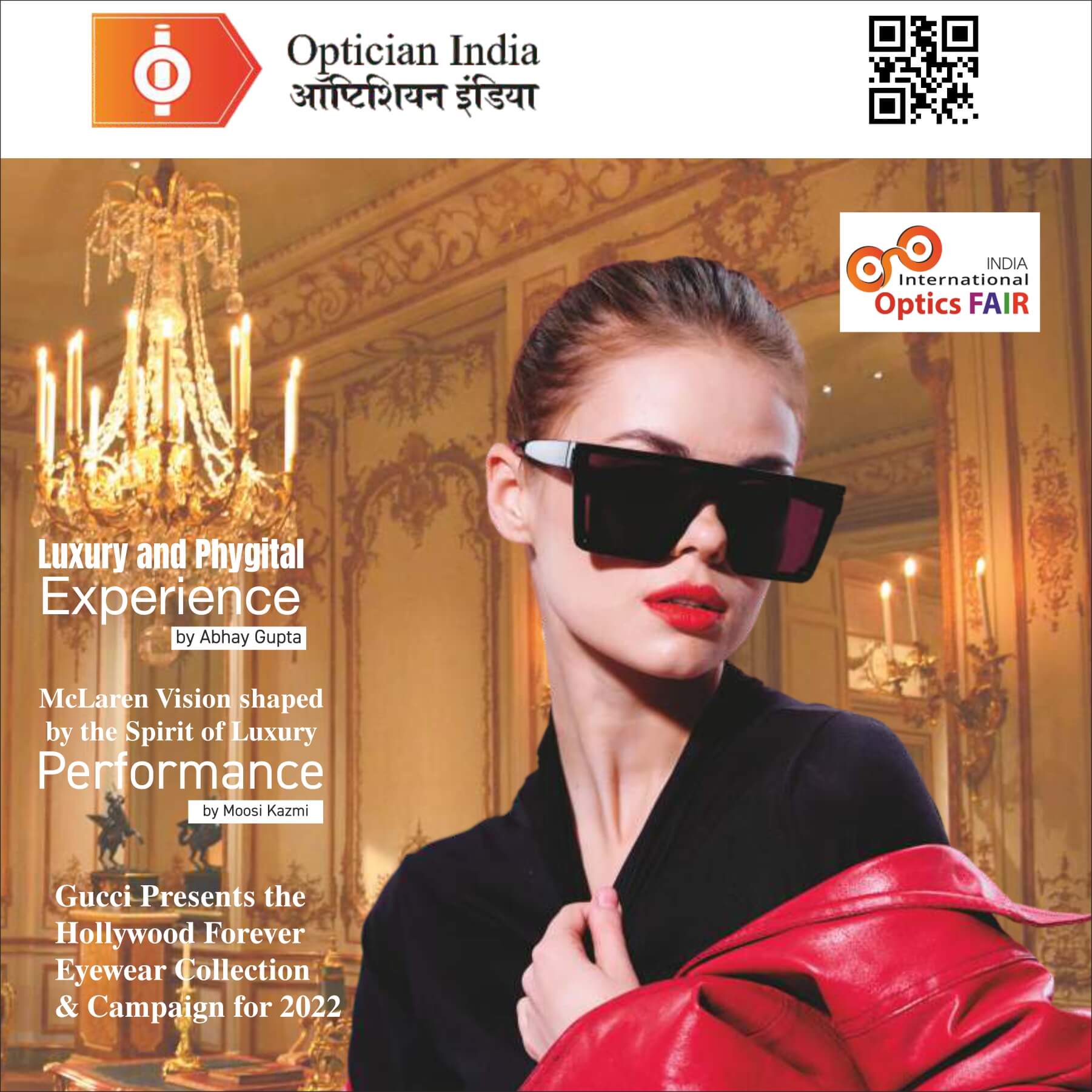
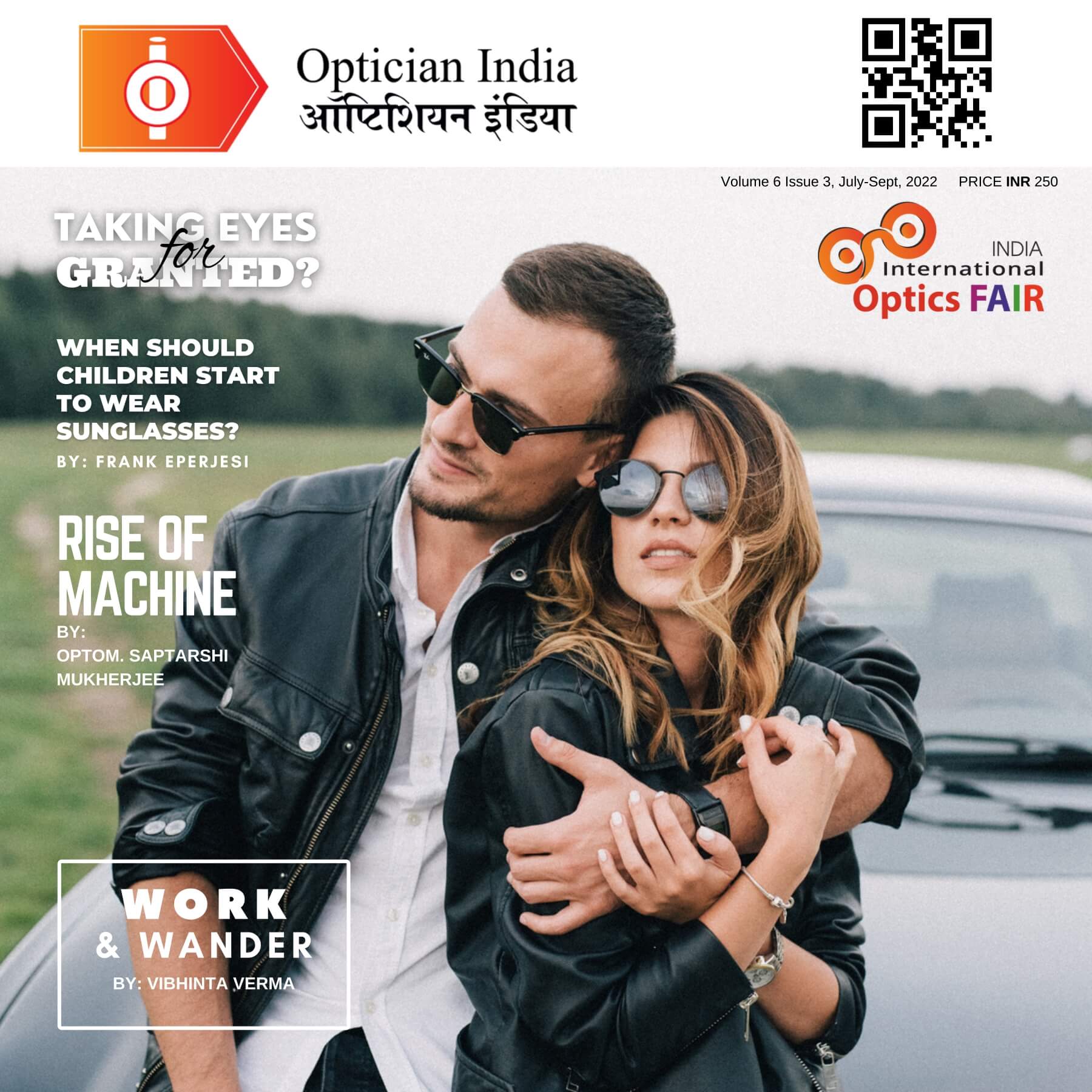
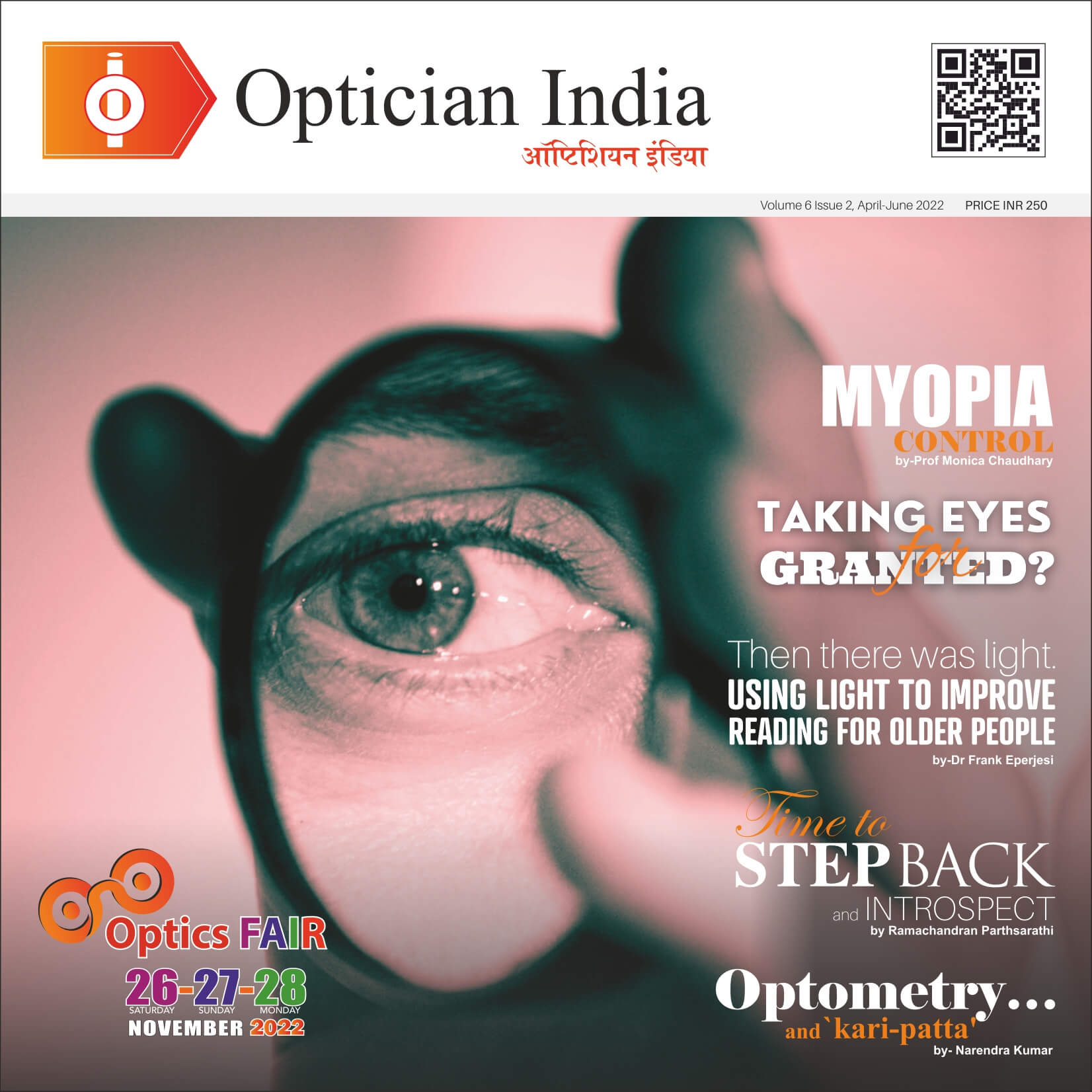
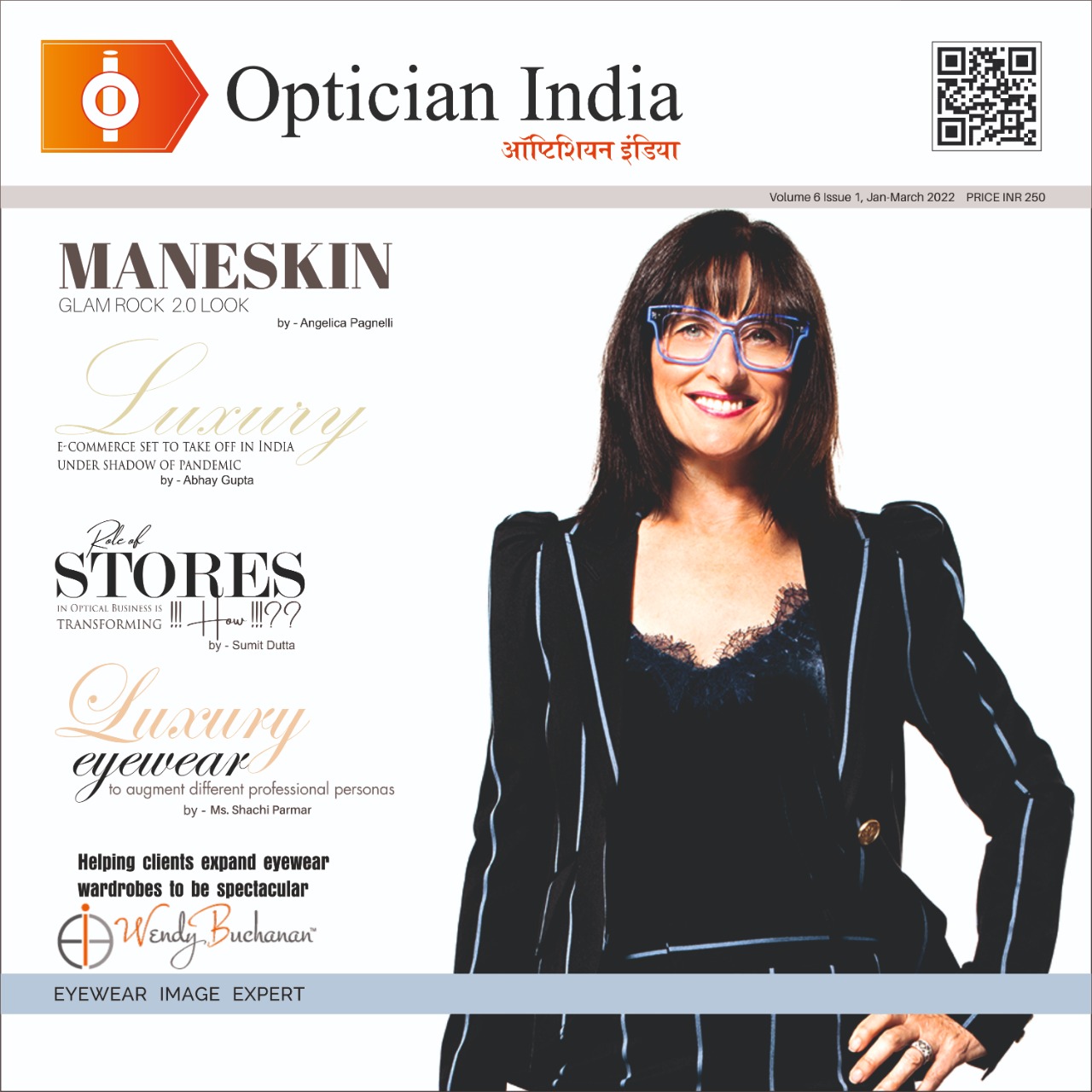
.jpg)
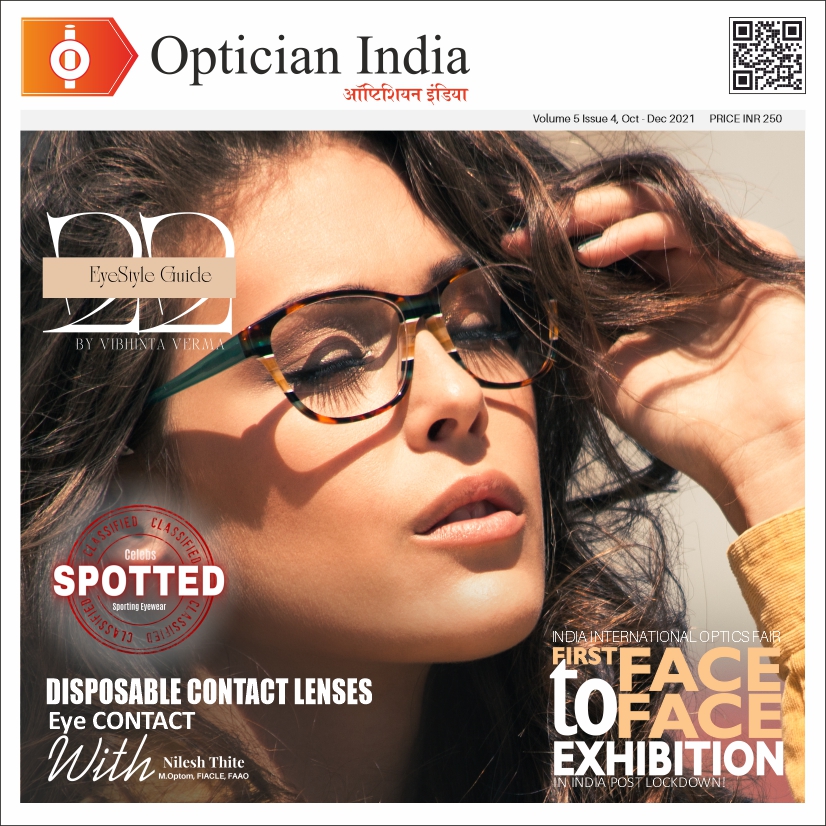
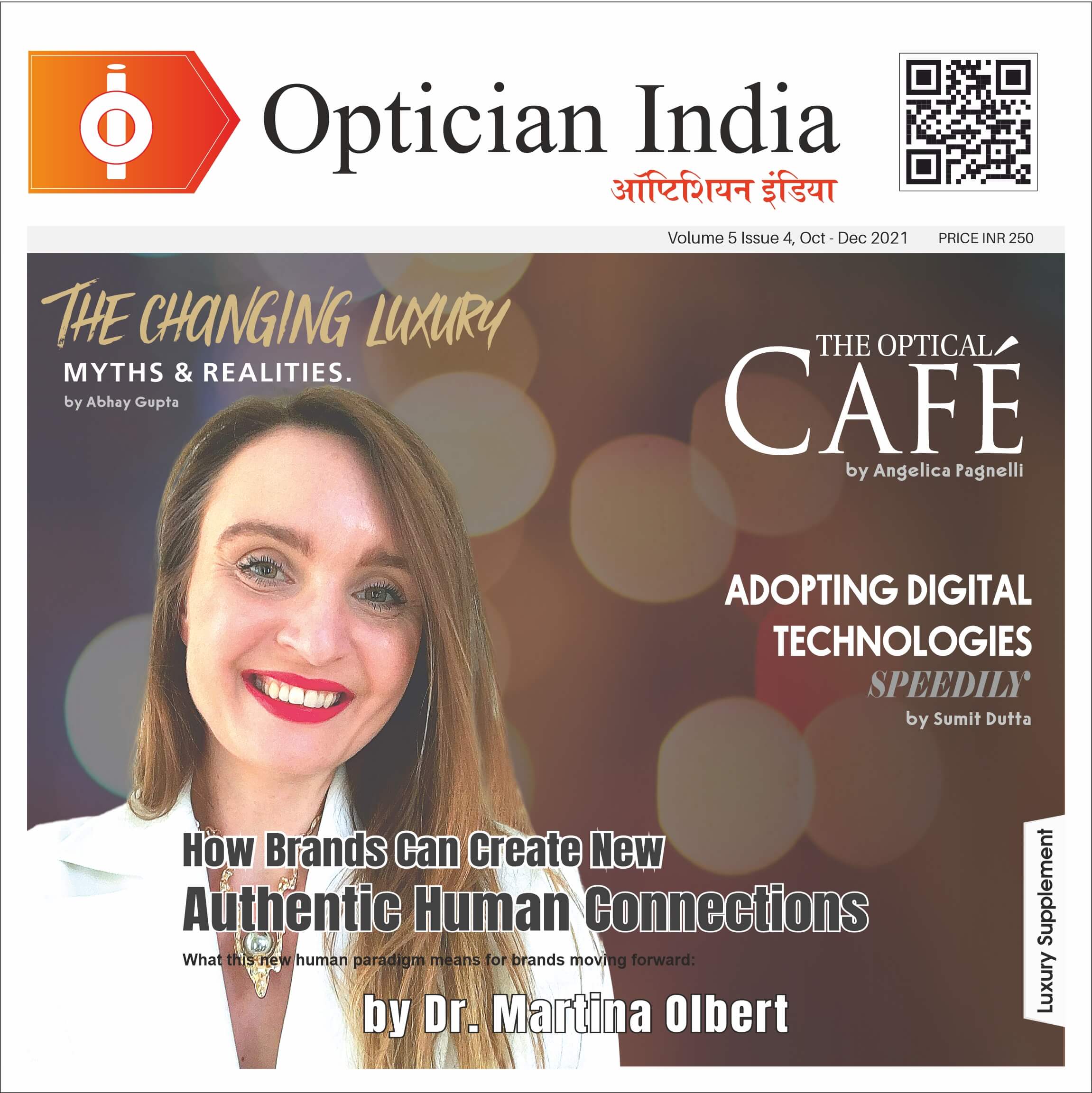
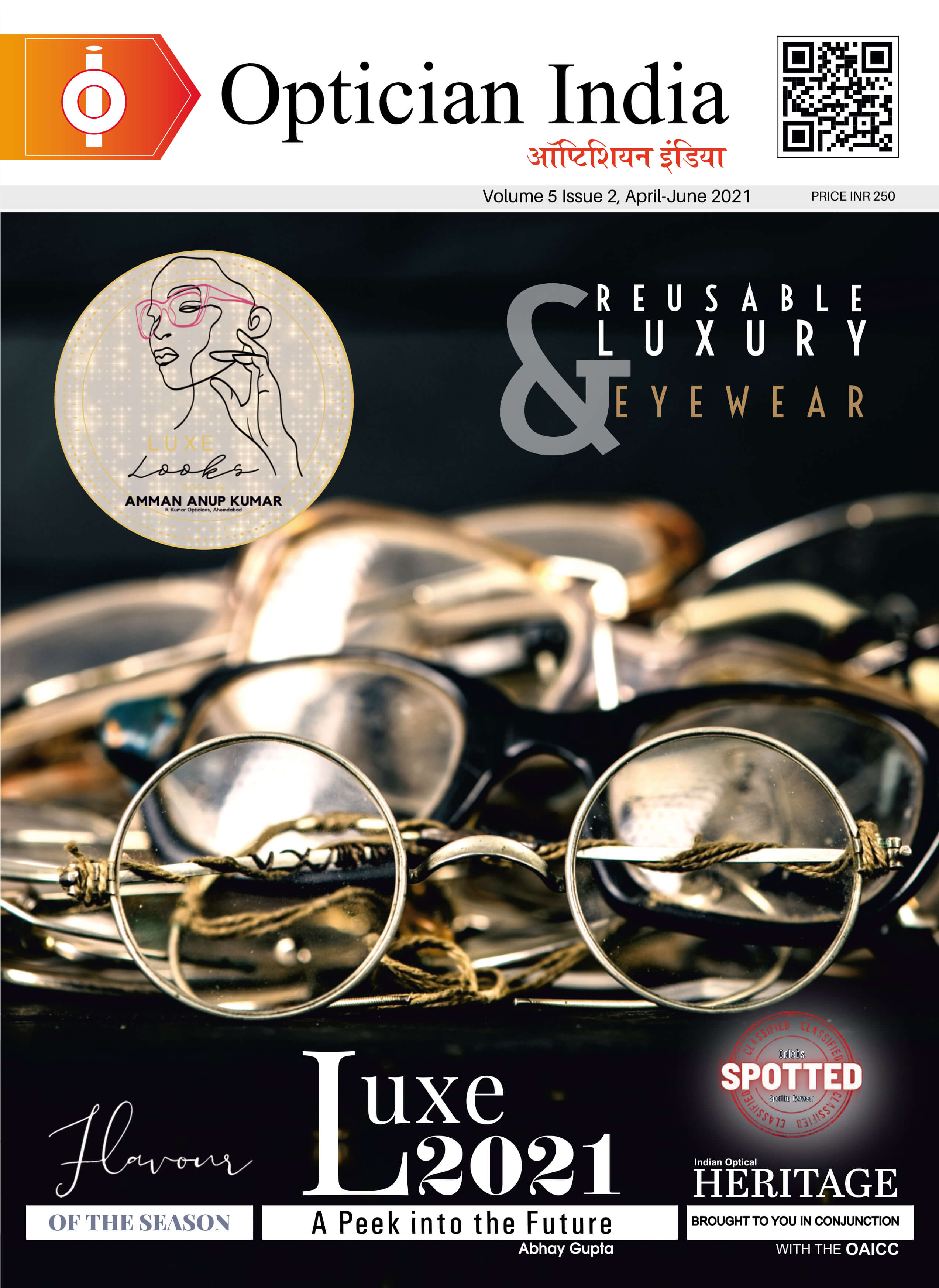
.png)

